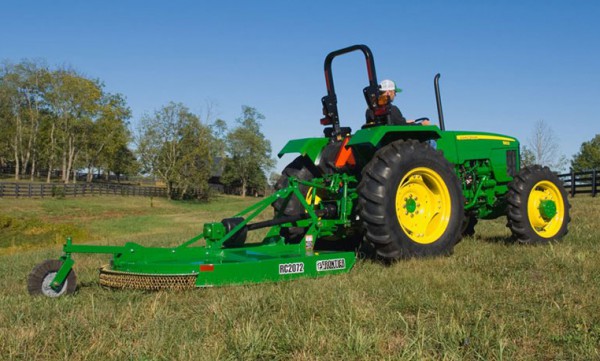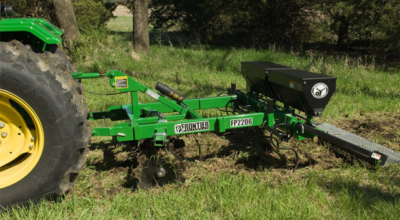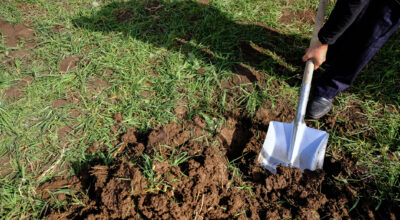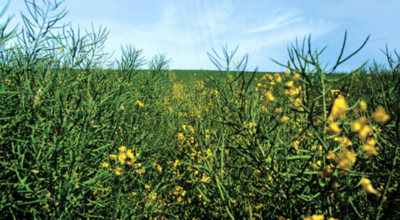Wildlife food plots can be used to attract animals ranging from butterflies to deer. Some food plot planters use them to observe the sheer beauty of the wild up close, while others use them as a means to keep animals away from sensitive areas like vineyards or orchards. Regardless of how you decide to use a wildlife food plot, you must first understand how to construct one.

Here are some steps to consider taking after you’ve decided it’s time to build out a wildlife food plot:
- Research and plan
- Analyze the soil
- Choose your seed type
- Begin planting
1. Research and Plan
Before you can do anything else in the process, you must first think about what types of wildlife you want to attract and designate an area for your plot. If you’re looking to attract game species like turkeys and deer, you’ll want to designate an area away from your home and other activity. If you want to attract smaller animals like birds and butterflies, a spot closer to your home is fine. Consider a location that has access to cover and water regardless of the types of animals you’re looking to attract.
2. Analyze the Soil
The composition of the soil in the plot you’re looking to develop is critical. Test the soil’s texture and determine if you’re working with sand, clay, rock, etc., and be sure to also consider the nutrient levels. Each of these factors will help determine whether or not the area you’ve selected is fertile enough for planting and what fertilizers might be needed for sustained success.
To conduct soil samples, dig six or seven inches down in various spots of the plot. Your county extension office or a soil test kit can help you analyze the results.
3. Choose Your Seed Type
Armed with the information you’ve gathered from steps one and two, you can now decide which type of seed is best for your plot. Go to your local garden center to find the perfect seed or buy it online if you know what type you need. Try to find the right amount of seed for your plot so you don’t come up short or put any to waste.
4. Begin Planting
Once you have your seed in hand, it’s time to start planting. Contact your local John Deere dealer today for help determining the equipment you’ll need to successfully plant and maintain a wildlife food plot.
If you enjoyed this post or want to read others, feel free to connect with us on Facebook, or Twitter!


